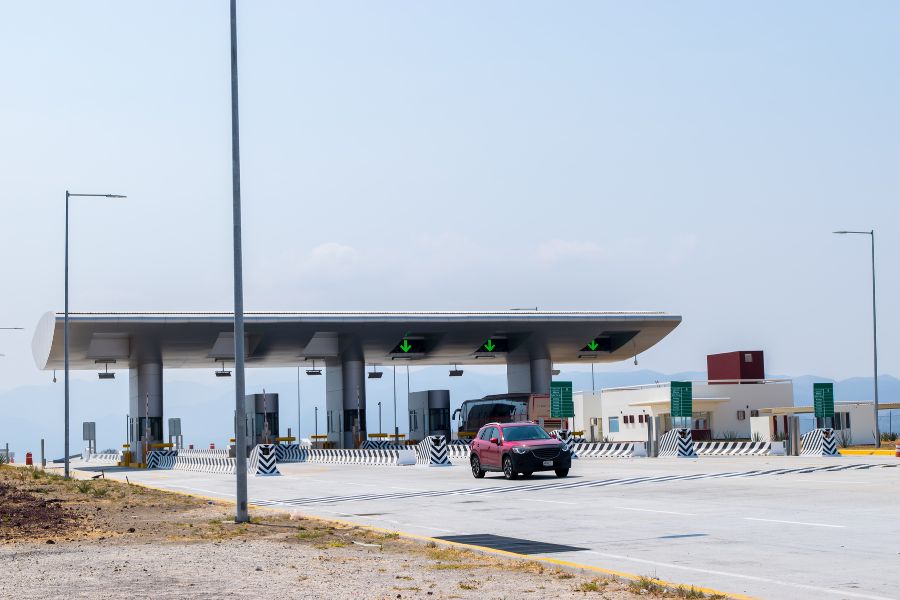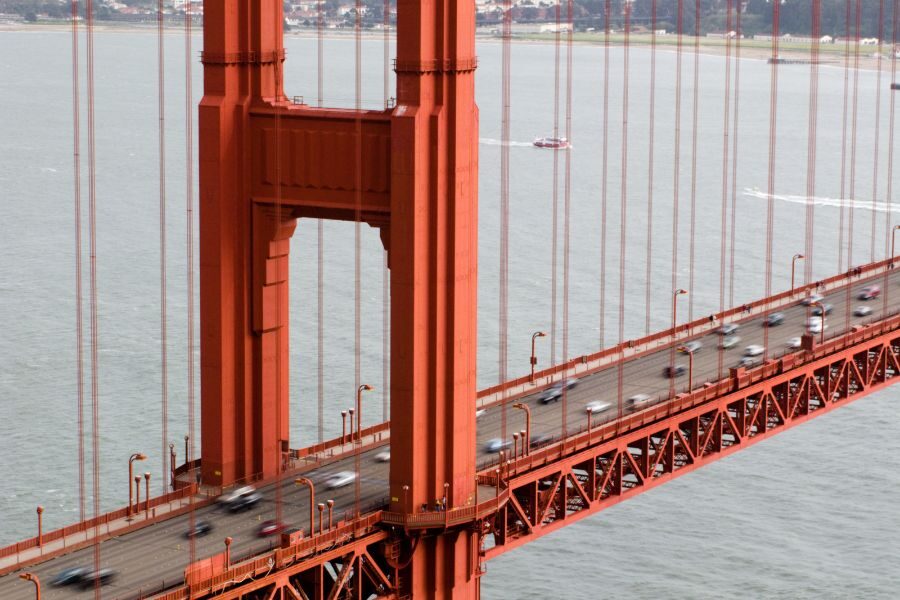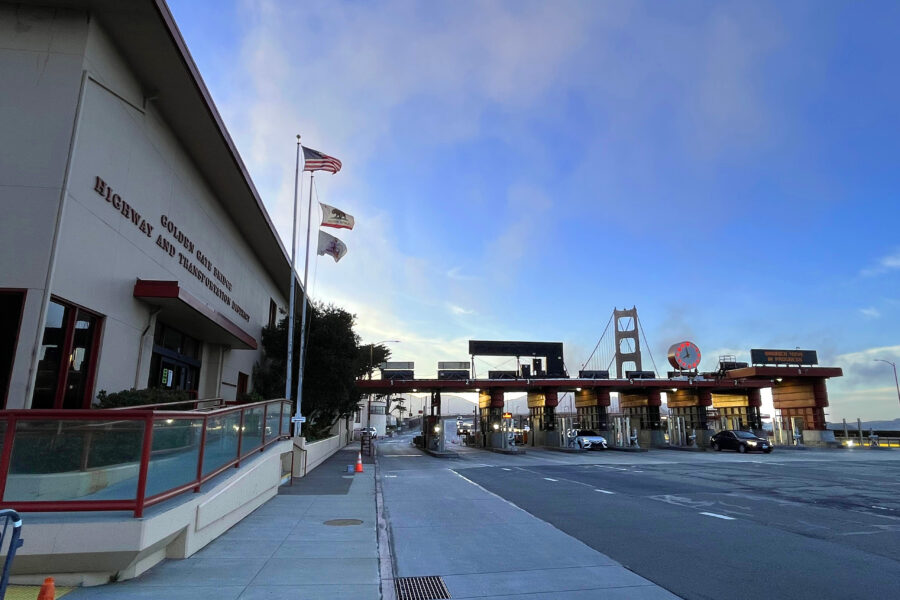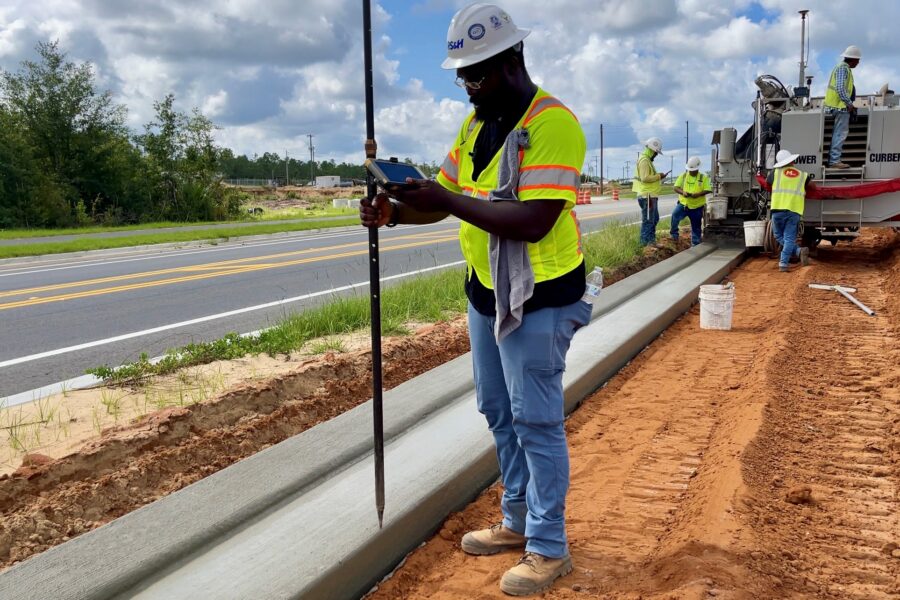Harnessing Data Use and Data Storage from New Technology

As the tolling industry tries to stay on the cutting edge with new technologies in the transportation space, one evolving aspect is our ability to collect and store unprecedented amounts of data.
The data we can collect not only processes toll revenue; it also gains valuable information from the roadway and how its toll-paying customers use it. Emerging technologies such as Connected Vehicles (CVs), smart infrastructure and mobile phone applications help provide us with additional data that can benefit everyone.
In many cases, the infrastructure may already be in place to accept new hardware or software to collect and process even more data. To see how a tolling agency can take advantage, let’s examine the aspects to store and possible uses of the increased data available.
Increased Data = Increased Storage Needs
In a toll collection system, data collected by the in-road systems to collect toll revenue is typically stored on an industrial server for each lane or for each toll zone. These servers can be connected to a central server to process the data at each lane or zone.
Depending on the amount of new data being introduced on the tolling roadway system, existing servers may need to be upgraded with larger capacity storage devices and faster processors. If space allows, additional servers can even be added at each tolling location. Information passed along by CV operations or data used for more informed road user experiences can be operated and maintained separately from toll collection servers to minimize processing loads.
Of course, adding extra equipment – especially to gain and handle data that may not be critical for toll revenue collection – means adding extra installation and maintenance costs for tolling and transportation agencies.
Leverage the Cloud
Alternatively, transportation and tolling agencies can leverage the use of their fast communication networks already in place at toll facilities. To do so, they can host their additional data – and offload existing data — in a secure, private cloud storage system.
A cloud approach can reduce costs and the amount of storage and processing hardware required along the roadside. In fact, one cloud could potentially handle multiple tolling locations compared to the onsite approach.
More Data = More Benefits for Tolling Agencies
This new treasure cove of data will provide several benefits to toll agencies, including information that can help benefit their bottom line. With the new technologies to provide additional data, agencies can:
- Provide better congestion pricing models to maximize efficient vehicle quantities within the tolling network.
- Reduce the need for toll collection subsystems. Data collected can reduce or even eliminate the need for some tolling system components such as vehicle classifier equipment or vehicle identifier equipment.
- More accurately predict maintenance activities. New data points could provide more accurate information on tolling equipment malfunctions and reduce system downtime.
- Provide more informed message sign information, such as closer real-time messaging to road users instead of generic messages. More detailed information could even be sent to mobile phone applications.
With forward planning and a knowledgeable team, adapting new technologies on toll road networks to harness the use of valuable data will help bring added benefits to the road users and agencies who operate them.
For more information, check out our Tolls & Managed Lanes page.




